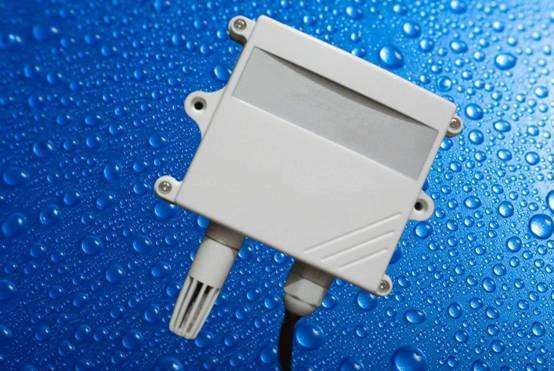 FOLYSKY(WuHan) LTD.
FOLYSKY(WuHan) LTD.
 FOLYSKY(WuHan) LTD.
FOLYSKY(WuHan) LTD.

In the past two days, there has been a nationwide cooling down, and winter has really arrived. As soon as winter arrives, many girls will be afraid of being too dry and causing their dehydrated skin to deteriorate, so they will use a series of products such as humidifiers. In fact, not only is low humidity bad, but high humidity is also not good. Research has shown that when the temperature is too high, a type of pineal hormone called the pineal gland in the human body secretes a large amount, resulting in a relative decrease in the concentration of thyroid hormone and adrenaline in the body. Cells will "slack off", and people will be listless and sluggish.
Working and living in places with high humidity for a long time can also lead to dampness syndrome; When the humidity is too low, evaporation accelerates, and dry air can easily take away moisture from the human body, causing dry skin and irritation of the nasal mucosa. Therefore, when dry and cold air invades in autumn and winter, it is very easy to induce respiratory diseases.

Since humidity is really important, how do we adjust it? Sometimes it is impossible to accurately determine whether the air humidity is normal based solely on the senses, and at this point, we need to introduce humidity sensors. Humidity sensors are used to measure the moisture content in gases.
The following is a detailed introduction to the 5 main characteristics of humidity sensors and the corresponding characteristics of some ceramic substrates:
1. Temperature coefficient of humidity sensor
The humidity sensor is mainly able to collect data through humidity sensing elements. In addition to being sensitive to environmental humidity, humidity sensing elements are also very sensitive to temperature, and their temperature coefficient is generally within the range of 0.2~0.8% RH/℃. Moreover, some humidity sensing elements have different temperature coefficients under different relative humidity. At this point, the advantages of ceramic substrates can be highlighted. The thermal conductivity of ceramic substrates is very high, which can maintain the temperature of humidity sensitive components in a stable state for a long time.
2. Accuracy and long-term stability
The accuracy of humidity sensors should reach ± 2%~± 5% RH, which is difficult to use as a measuring instrument. It is difficult for humidity sensors to achieve an accuracy of ± 2%~± 3% RH. Usually, the characteristics given in product data are measured at room temperature (20 ℃ ± 10 ℃) and in clean gas. In practical use, due to the influence of dust, oil stains, and harmful gases, over a long period of use, aging and accuracy degradation can occur. The accuracy level of humidity sensors should be judged based on their long-term stability. Generally speaking, long-term stability and service life are the top issues affecting the quality of humidity sensors. There are very few products with an annual drift controlled at 1% RH level, usually around ± 2%, or even higher. Ceramic substrates are used to maintain an annual drift of 1% RH. Ceramic substrates have strong mechanical strength and are resistant to strong acids and alkalis, providing the most perfect protection for humidity sensors.
3. Power supply for humidity sensors
When applying DC voltage to humidity sensitive materials such as metal oxide ceramics, polymer polymers, and lithium chloride, it can cause performance changes and even failure. Therefore, these humidity sensors cannot use DC voltage or AC voltage with DC components, and must be powered by AC power.
4. Humidity correction
Correcting humidity is much more difficult than correcting temperature. Temperature calibration often uses a standard thermometer as the standard, while humidity calibration standards are difficult to achieve. Dry and wet bulb thermometers and some common pointer type hygrometers cannot be used for calibration, and accuracy cannot be guaranteed because they require very strict environmental conditions. Generally, in the absence of complete calibration equipment (preferably under suitable humidity conditions), a simple saturated salt solution calibration method is usually used, And measure its temperature.
5. Interchangeability
At present, there is a common phenomenon of poor interchangeability in humidity sensors. Sensors of the same model cannot be interchanged, which seriously affects the effectiveness of use and adds difficulties to maintenance and debugging. Some manufacturers have made various efforts in this regard, but interchangeability is still very poor.

Follow us

customer service